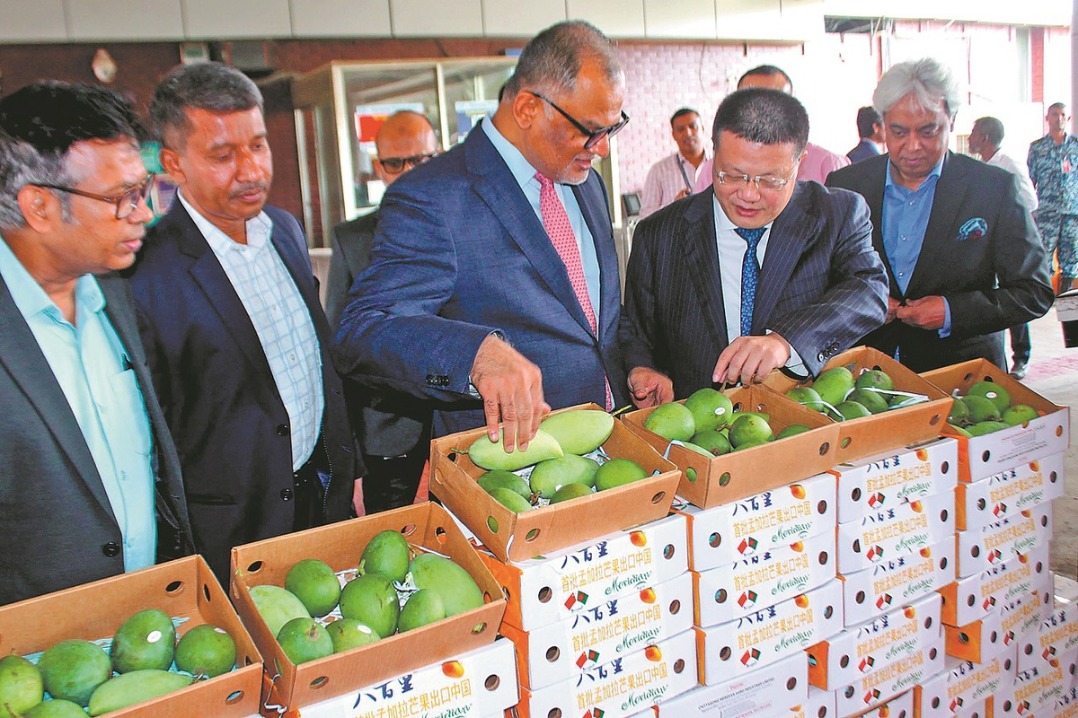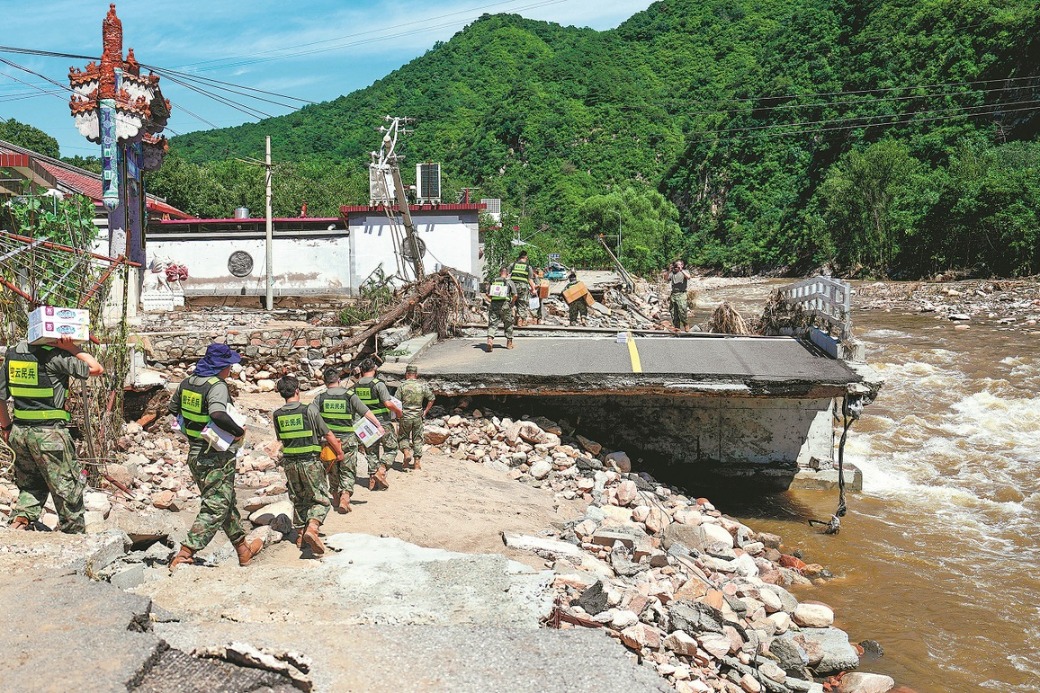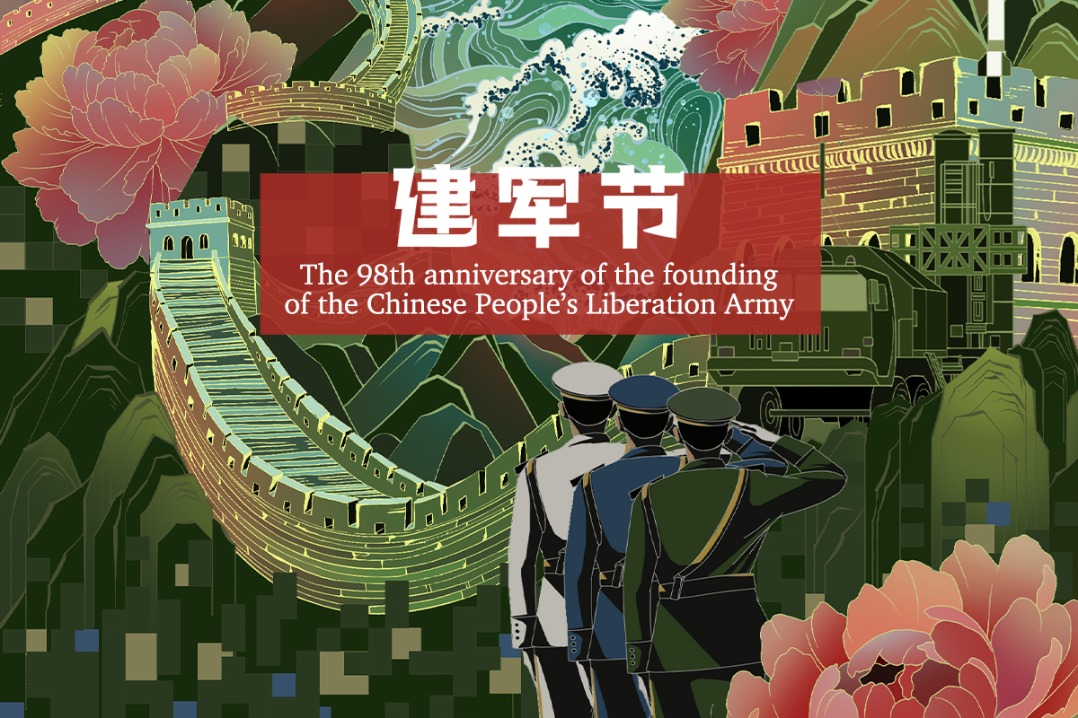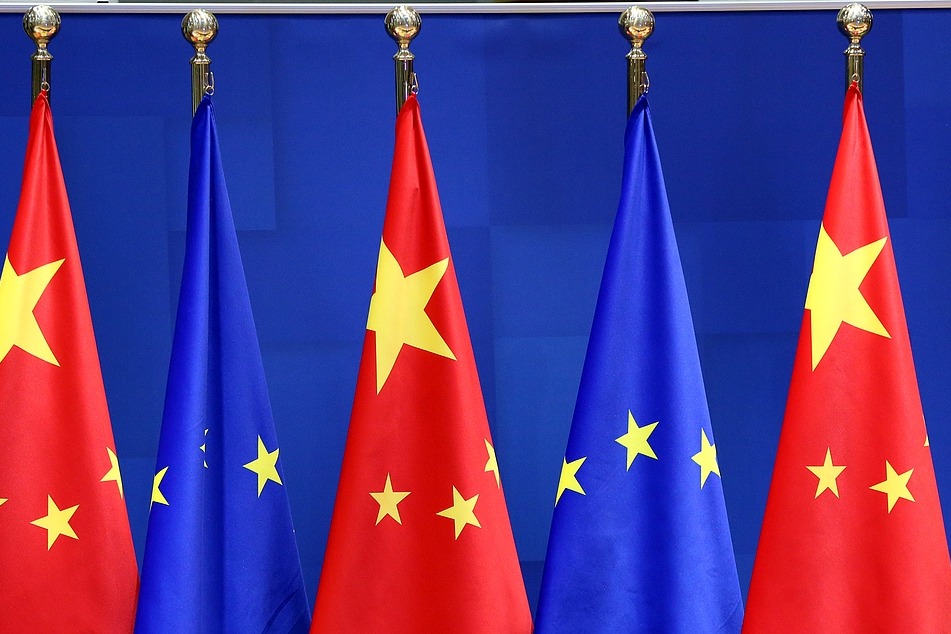Dialogues will reduce initiative's risks

The vision of China's Belt and Road Initiative evokes the ancient trading networks along the Silk Road and Maritime Silk Road, encompassing more than 70 countries and reaching beyond, connecting China's transport and communications infrastructure network across Central, South Asia, and Southeast Asia, the Middle East, Africa, Russia and Eastern Europe. These regions include some of the most fragile ecological systems in the world today and some of the most dense population concentrations.
In this era of global volatility the probability of crisis and conflict in areas along the Silk Road Economic Belt and 21st Century Maritime Silk Road cannot be dismissed, and must be anticipated. Most crisis and conflict situations arise through a series of sequenced circumstances or events, and do not occur overnight. Recognizing early warning signs while there is elasticity for action is important for avoiding a crisis.
The United Nations' 2030 Agenda and the Sustainable Development Goals can serve as a reference framework for development in the Belt and Road region in addressing conflict at its root rather than effect. The key to successfully preventing conflict is to offer communities the tools that they themselves can use to resolve their own crises, instead of relying on external intervention.
Conflict management through mediation is part of the local traditions of many countries and peoples along the Belt and Road. Adapting mediation processes to develop appropriate solutions fit for the realities on the ground will allow communities to resolve conflicts among themselves before they arise or become exacerbated.
Conflicts may often be mitigated at an early stage of emergence, that is, before they escalate. Dialogues in the form of workshops or facilitation may help to ameliorate situations at an early stage by offering a neutral space for dialogue in which parties can find the root causes. More often the cause of tensions are over access to water, resources or economic considerations owing to the disruptions brought about by climate change.
The effects of climate disruption can cause sudden changes in local water and agricultural conditions, raising the possibility of risks. Analysis and risk mitigation through applied data based on information from the field is necessary. Special attention to and government community involvement in adapting to and addressing the negative impacts of climate change on development are important aspects for reducing risk from climate-induced disruptions.
The potential for risk and conflict along the Belt and Road can be prevented by establishing crisis and conflict mitigation programs to work with countries along the two routes in providing early warning systems of potential risk situations. Supported through dialogues to enhance understanding and the mutual exchange of constructive and positive approaches toward strengthening community resilience, especially to climate-induced dangers, will further help prevent and mitigate conflict situations.
The United Nations Development Programme China Office and Himalayan Consensus Institute, an environmental think tank, entered into a cooperation to initiate the Silk Road Dialogues, in order to build resilience and advance sustainable development in countries participating in the Belt and Road Initiative. As a multi-stakeholder, multi-lateral dialogue process dedicated to enhancing renewable and efficient energy solutions through business solutions empowering communities, it will promote the 2030 Agenda and Sustainable Development Goals along the Belt and Road routes.
The Silk Road Dialogues will promote discussions, cultural exchanges, research, policies and programmatic activities that build resilience, and sustain peace through further cooperation and understanding among peoples in countries along the Belt and Road. Besides, the Silk Road Dialogues aim to enhance people-to-people connectivity, share analyses and information related to cultural, social and economic aspects of the countries along the Belt and Road to reduce risks and mitigate potential crises and conflicts.
Agi Veres is UN Development Programme Country Director in China, and Laurence Brahm is founding director of Himalayan Consensus Institute.


































